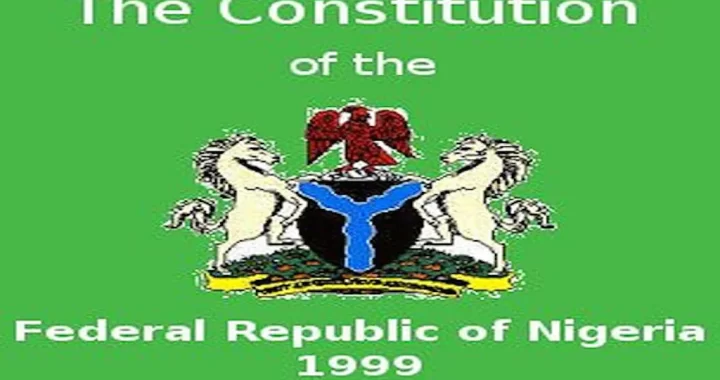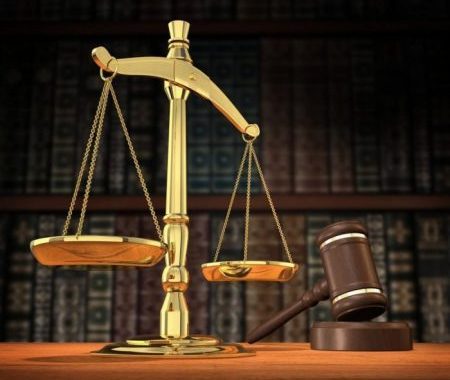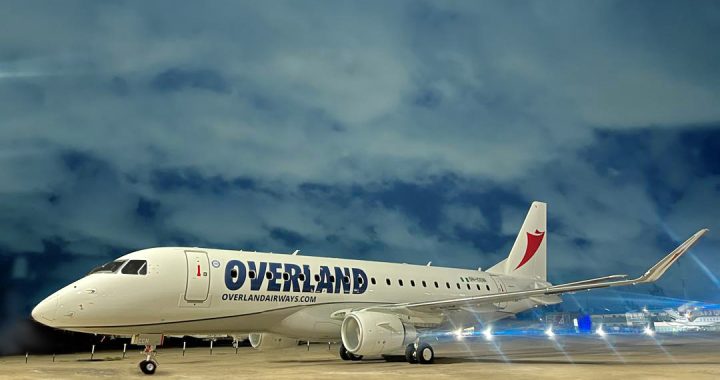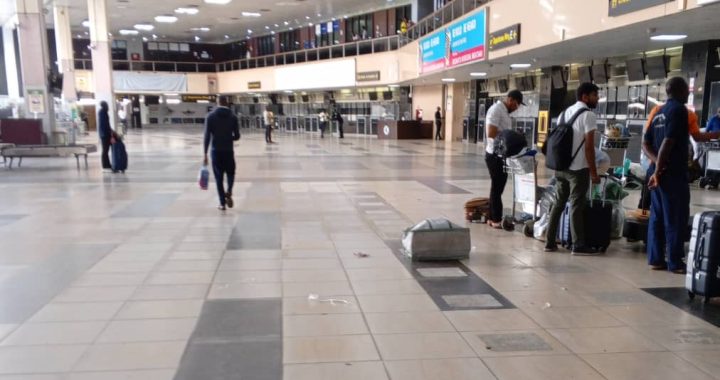Nations and Public Protests: Rights and Duties
3 min read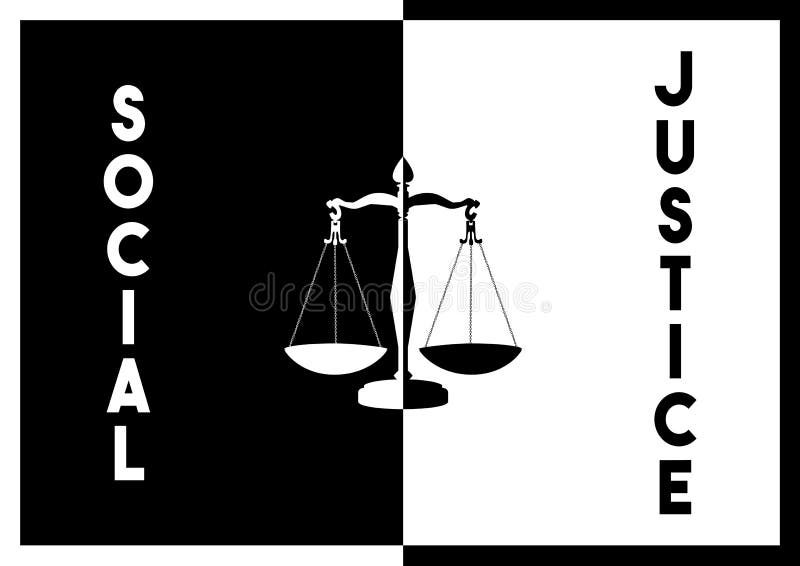
LAW CLINIC with Bamofin Olufemi G. Ogunjimi
Public protests are generally allowed in many countries around the world, as part of the rights to freedom of assembly and freedom of expression. However, the extent of these freedoms, as well as the regulations and restrictions surrounding protests, can vary significantly between countries. Here are some examples:
- United States: The First Amendment protects the right to peaceful assembly. However, protests may require permits, and there are restrictions in certain locations, such as near government buildings or critical infrastructure.
- Canada: Freedom of assembly is protected under the Canadian Charter of Rights and Freedoms. Similar to the U.S., permits may be required, and there are laws against causing public disturbances or blocking traffic.
- United Kingdom: The right to protest is protected, but organizers may need to notify authorities, especially for larger demonstrations. There are also specific laws governing protests near Parliament and other sensitive locations.
- Germany: The right to assemble is protected under the Basic Law. However, authorities must be notified in advance, and protests can be restricted for public safety reasons.
- France: The right to peaceful assembly is protected, but protests must be declared to local authorities. There are also restrictions on where and how protests can take place.
- Australia: Protests are generally allowed, but like in other countries, permits may be required, especially for large gatherings or marches.
- South Africa: The right to peaceful assembly is protected under the constitution, but protests must be notified to the police, who can impose conditions for safety and order.
- India: Public protests are allowed, but they are often subject to restrictions and require police permission. The use of force to disperse crowds has been a point of controversy.
- Brazil: The right to protest is protected, but protests are regulated, and authorities can disperse demonstrations for public safety reasons.
- Japan: Protests are generally allowed, but they are highly regulated, and organizers need to obtain police permission.
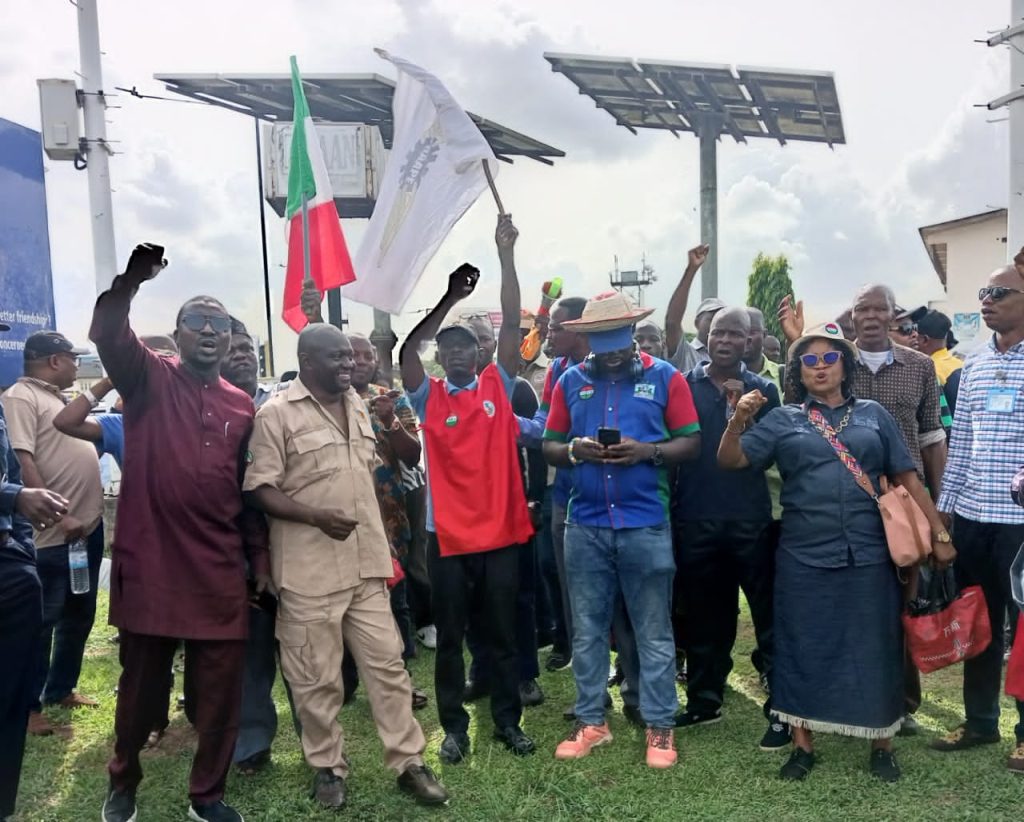
In contrast, some countries have more restrictive policies regarding public protests, with strict laws, heavy regulation, or outright bans, especially in contexts where the government seeks to maintain tight control over political expression. Examples include certain Middle Eastern, Asian, and African countries, where governments may impose significant limitations on the freedom to assemble.
It’s important to note that even in countries with strong legal protections for protests, there can still be instances of police intervention, restrictions, or legal challenges, especially if protests are deemed to pose a threat to public order or safety.
In both Russia and China, public protests are subject to strict regulations and control by the authorities. While not entirely prohibited, the legal frameworks and enforcement practices in these countries make it challenging to organize and participate in public demonstrations.
Russia
In Russia, the right to assemble is constitutionally protected, but there are significant restrictions and regulations:
- Permits and Notifications: Organizers of protests must obtain permission from local authorities. Unauthorized gatherings can be dispersed by law enforcement, and participants may face fines or arrest.
- Restrictions and Regulations: Protests can be restricted in terms of time, place, and manner. Authorities may impose conditions or deny permits based on reasons such as public order, security, or other public interests.
- Enforcement: There have been instances where peaceful protests were met with police force, and organizers and participants have been subject to detention and prosecution.
China
In China, public protests are heavily regulated and often discouraged:
- Strict Control: The Chinese government exercises tight control over public assemblies and demonstrations. Spontaneous protests are generally not tolerated, and organized demonstrations require prior approval from authorities.
- Legal Framework: China’s laws restrict public gatherings that are deemed to threaten public order or national security. Unauthorized protests can lead to police intervention, detention, and legal consequences for participants.
- Government Response: The Chinese government frequently monitors and suppresses public protests, particularly those seen as politically sensitive or critical of the government.
In both countries, while there may be legal provisions for the right to assemble, the reality of enforcement and government control makes it difficult to freely exercise this right, particularly for political protests.
Dr George O. Ogunjimi
Human Rights Advocate
Principal
Juris Republic
Hertfordshire, UK
![]()

